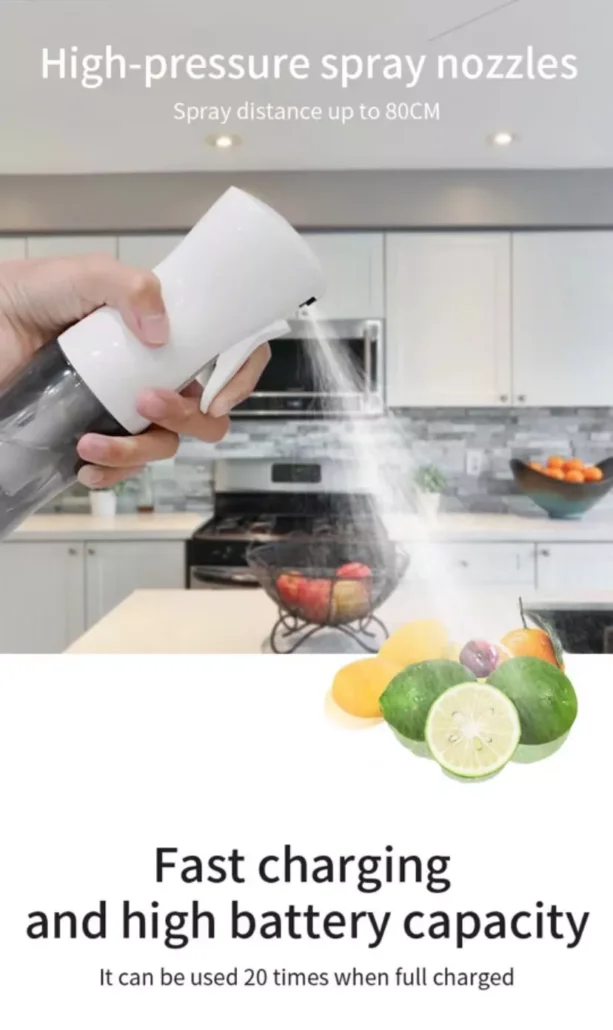Ozone generator function
cleaning residual pesticides
The principle of cleaning residual pesticides with ozone bubble water involves using ozone gas dissolved in water to oxidize and degrade pesticide residues on fruits, vegetables, and other food items. Ozone is a powerful oxidizing agent that can break down organic compounds, including pesticides, into harmless by-products.
Here’s how the process typically works:
- Generation of ozone: Ozone gas is generated using an ozone generator. The ozone generator creates ozone by passing oxygen (O2) through a high-voltage electrical discharge, which splits the oxygen molecules and forms ozone (O3).
- Dissolution in water: The ozone gas is then dissolved into water to create ozone bubble water. This is usually achieved by bubbling ozone gas through water, which allows the ozone to dissolve and form ozone bubbles throughout the water.
- Contact with pesticides: The fruits, vegetables, or other food items containing pesticide residues are then immersed or sprayed with the ozone bubble water. The ozone bubbles come into contact with the pesticide residues on the surface of the food items.
- Oxidation of pesticides: The ozone in the bubble water reacts with the pesticide residues, oxidizing them and breaking them down into simpler, harmless compounds. This process effectively removes the pesticide residues from the surface of the food items.
- Rinsing: After treatment with ozone bubble water, the food items may be rinsed with clean water to remove any remaining ozone and pesticide residues.
The use of ozone bubble water for cleaning residual pesticides offers several advantages, including its effectiveness at degrading a wide range of pesticides, its rapid action, and its environmentally friendly nature. However, it’s essential to ensure that the concentration of ozone used is safe for both the food items and the individuals handling them. Additionally, proper procedures should be followed to avoid overexposure to ozone gas, which can be harmful when inhaled in high concentrations.
